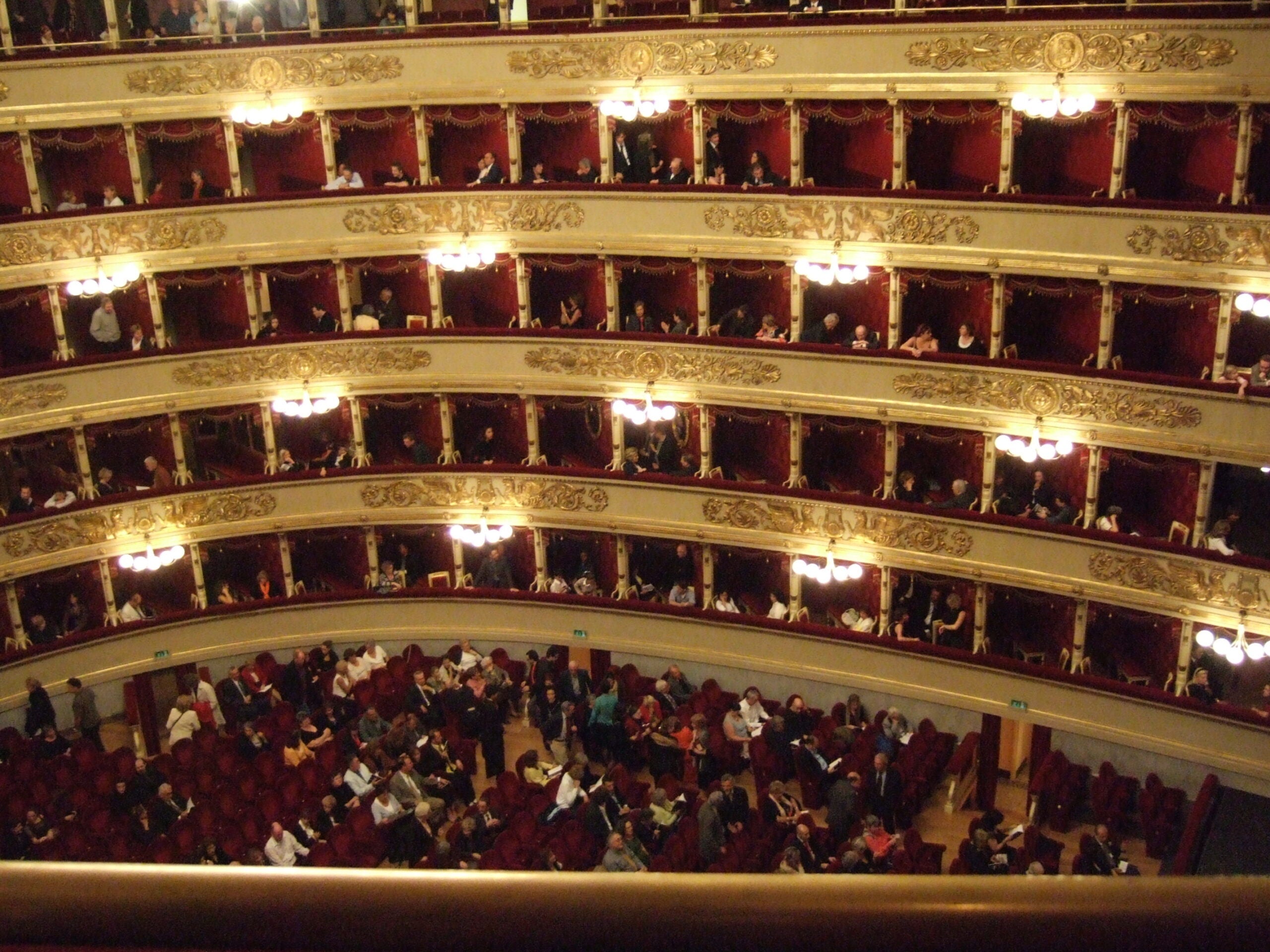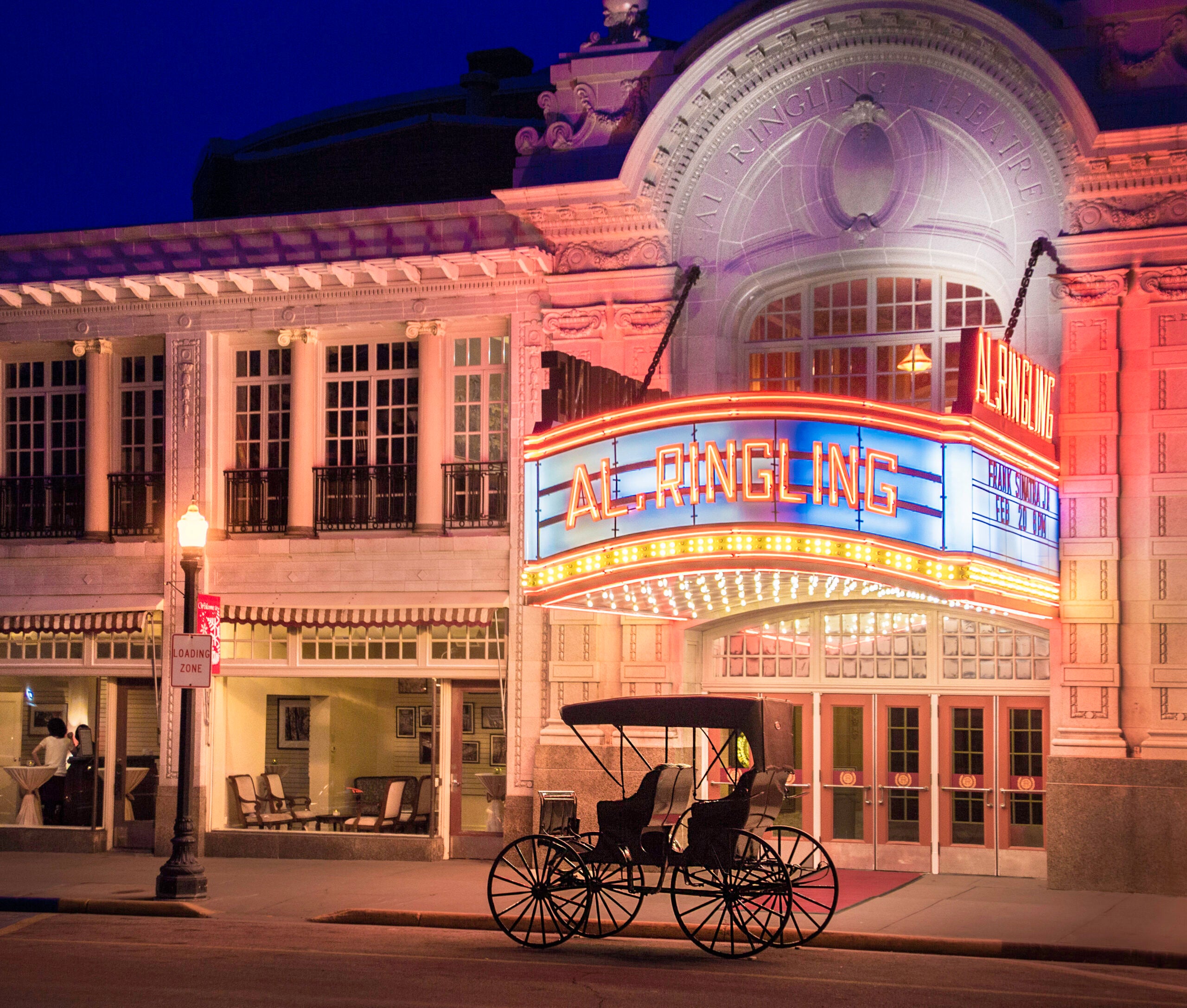The opera house was the pride of Milan and its fate was about to be decided by war.
La Scala had been the focus of Milanese culture since it first opened in 1778. Now, in the summer of 1943, its very existence was in doubt. During an air raid on Milan, bombs had ripped a large gash in the roof and damaged the auditorium. Flying shell fragments had torn holes in the boxes on all four levels of the theater. The stalls and part of the stage had been hit, and the inadequate efforts of men wielding fire hoses had added water damage to the disaster.
One Milanese visiting the burned-out theater was struck by the sight of huge lengths of charred timber that had supported the ceiling for 150 years. But even more affecting was the harsh light that poured through the roof.
Stay informed on the latest news
Sign up for WPR’s email newsletter.
Despite the violence done the opera house, few Milanese were in a position to be concerned about it. Their lives and homes were still in danger. Some went so far as to say that after the war, Milan could do without an opera house—even the celebrated La Scala.
Those who still had a sense of humor observed that the city center had become too congested anyway and suggested that the bombing had provided an opportunity to expand the plaza surrounding La Scala, which might now accommodate a much-needed parking garage.
But the defenders of La Scala were quick to point out that Milan had always had an opera house and that whenever that opera house had been destroyed in the past, it had always been rebuilt without delay.
La Scala survived the war and was restored. At a grand re-opening in 1946, Arturo Toscanini conducted a concert of Italian music. Pristine white had replaced the golden tones of the walls of the theater, and a new generation of operagoers was ready to start La Scala on its new life.
Wisconsin Public Radio, © Copyright 2024, Board of Regents of the University of Wisconsin System and Wisconsin Educational Communications Board.






